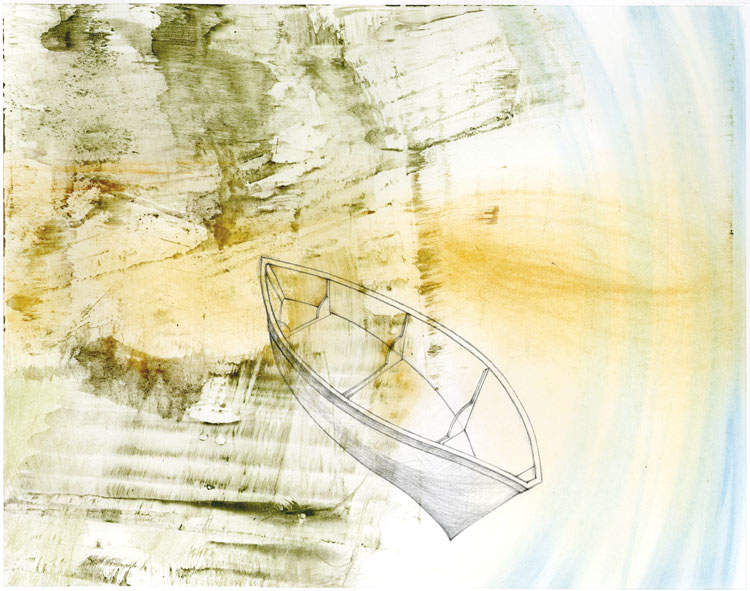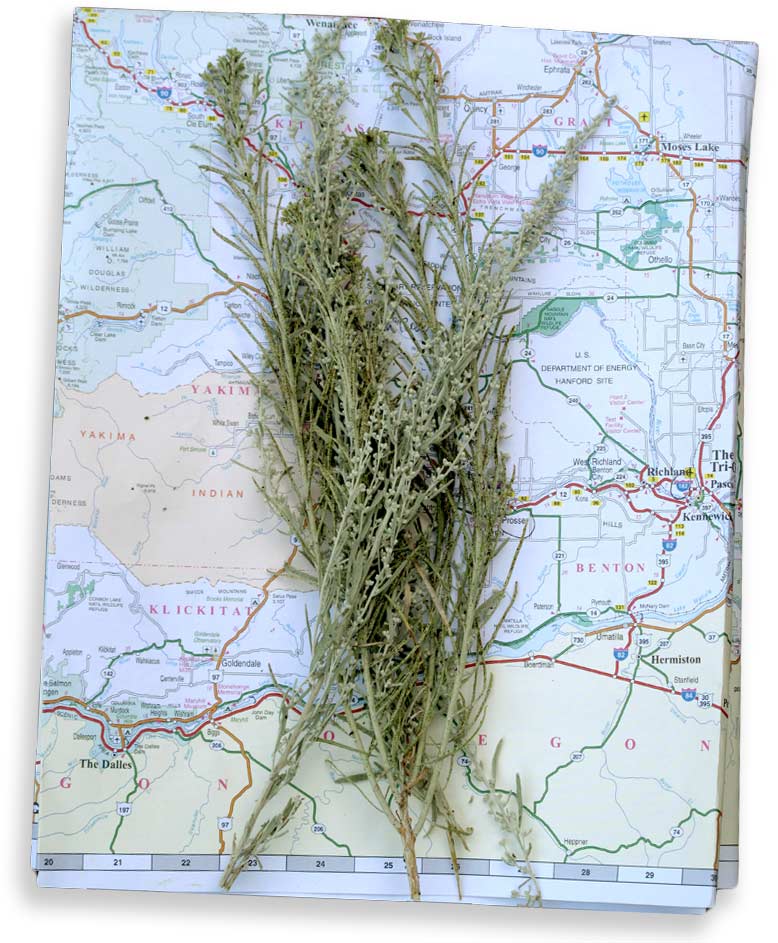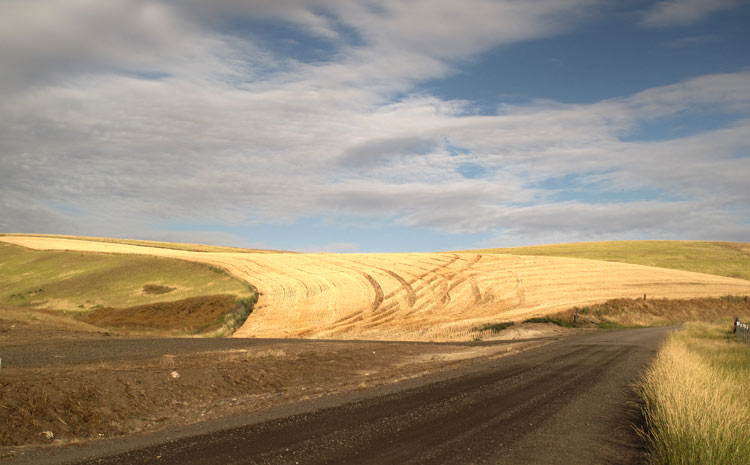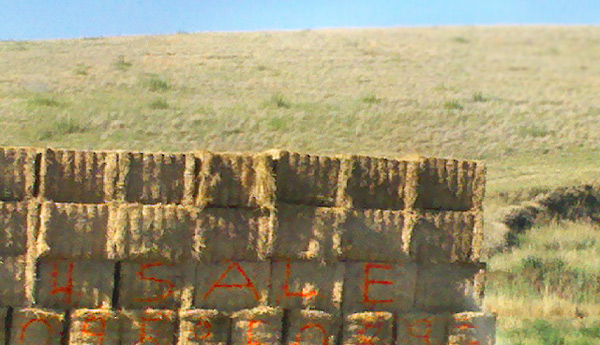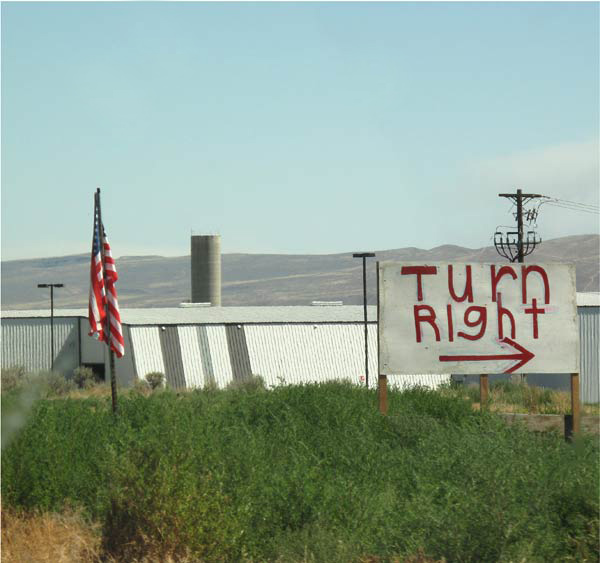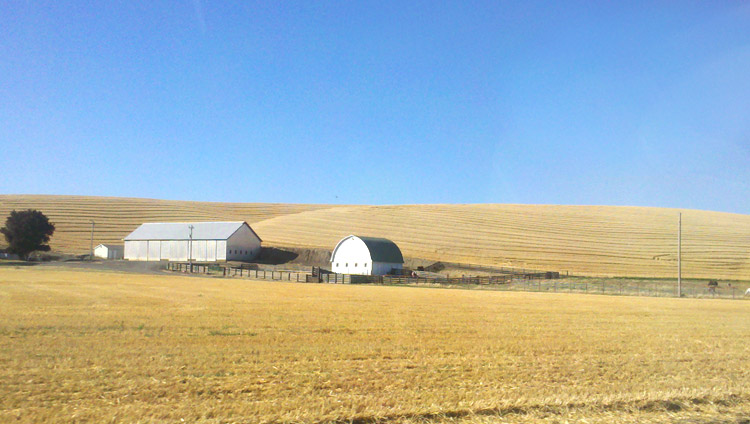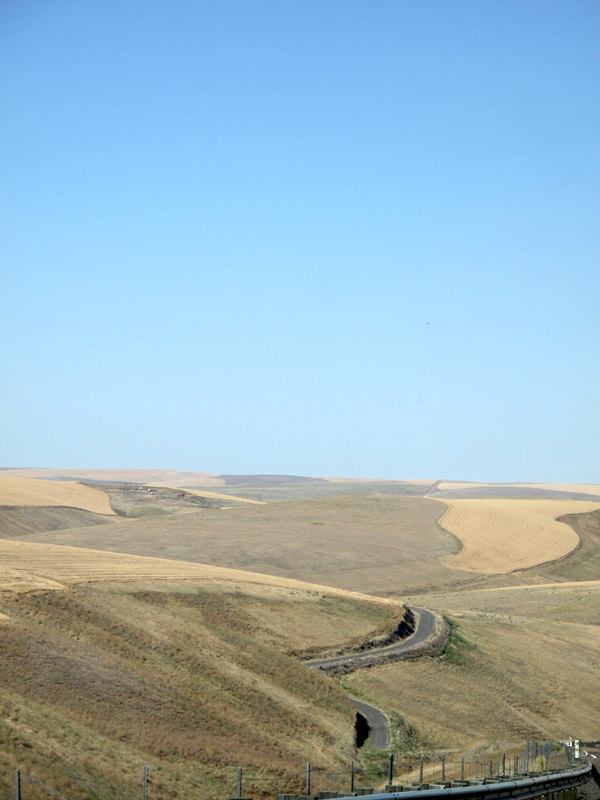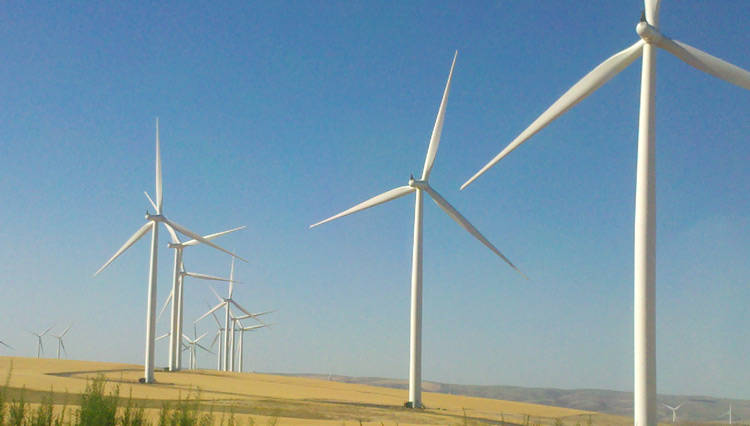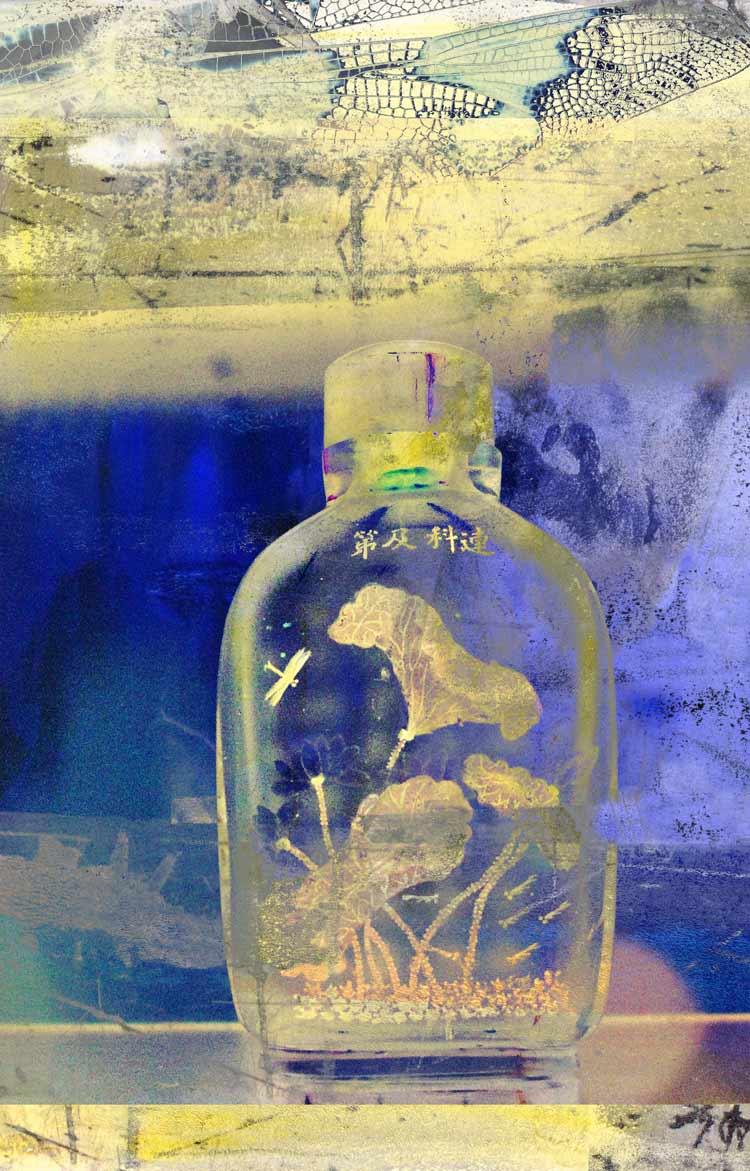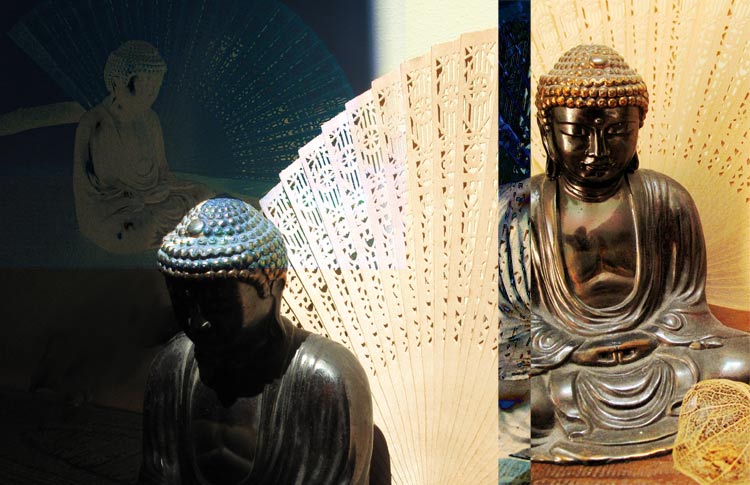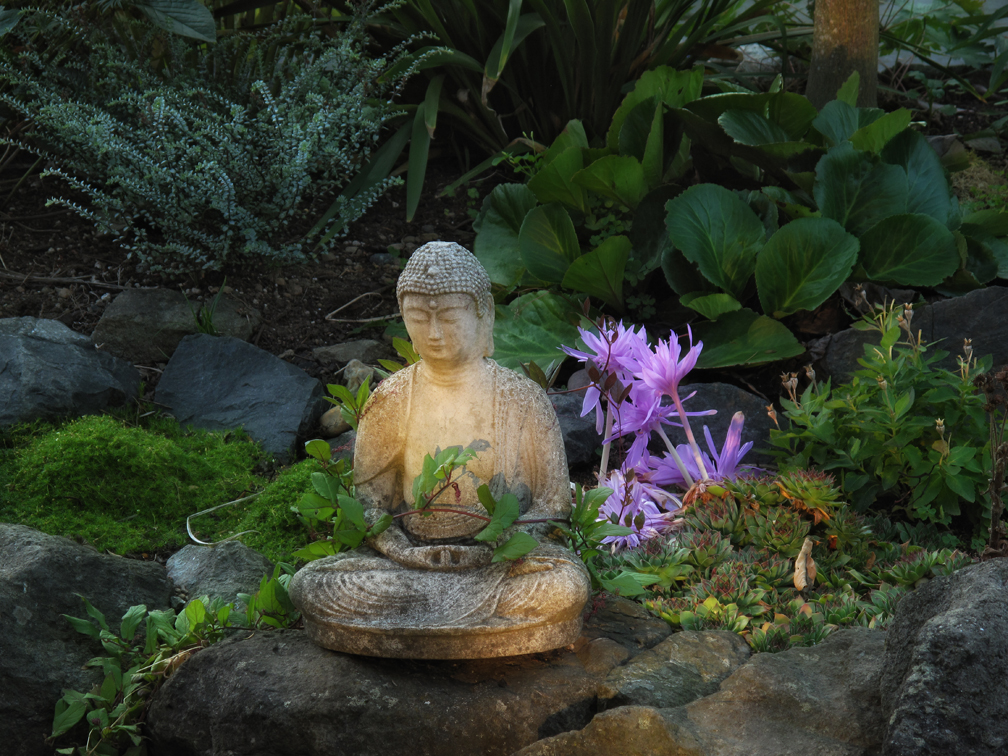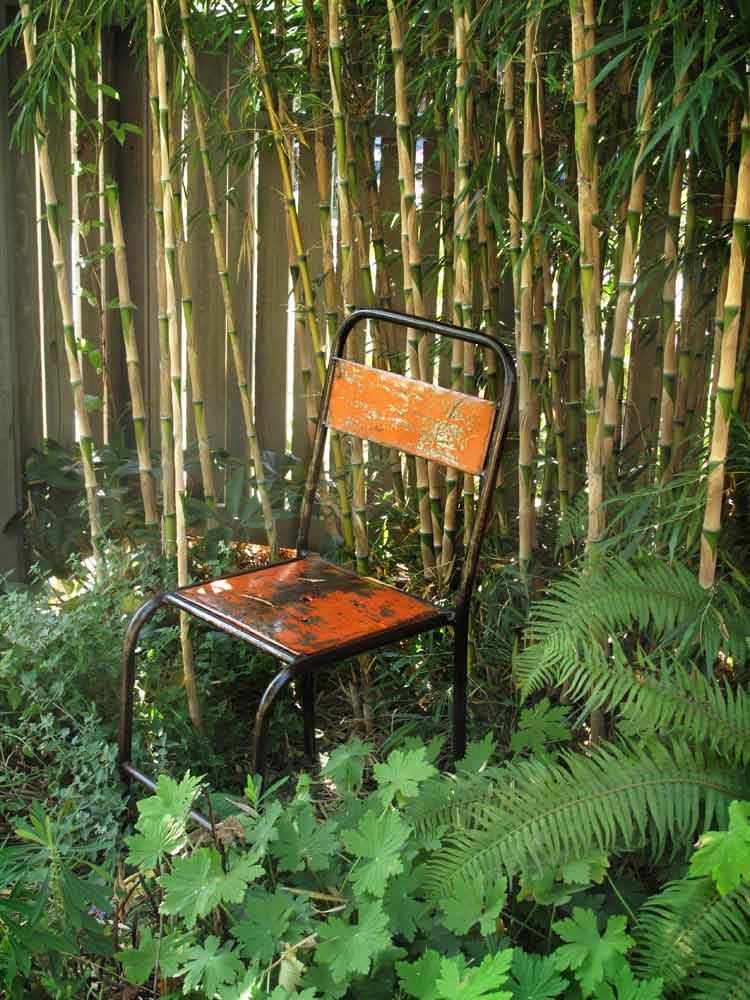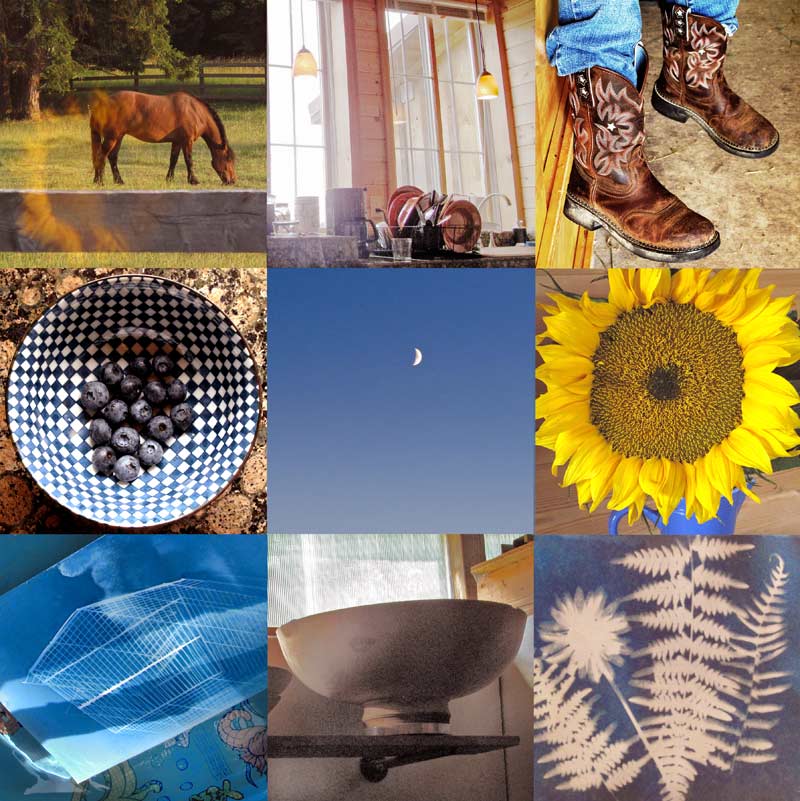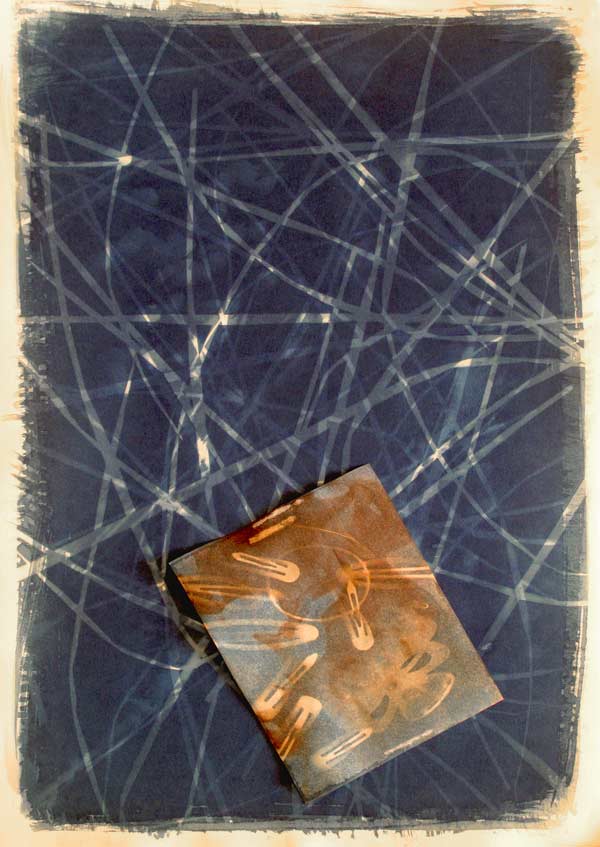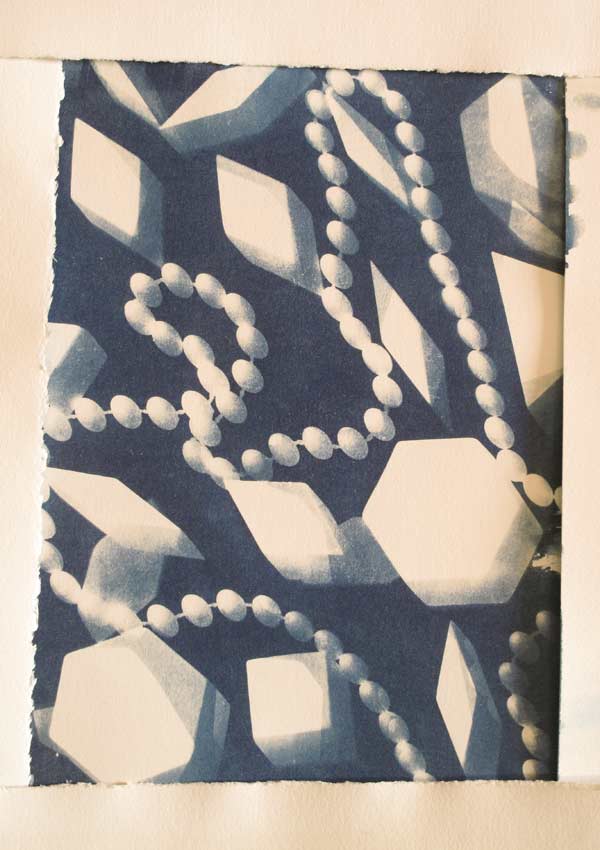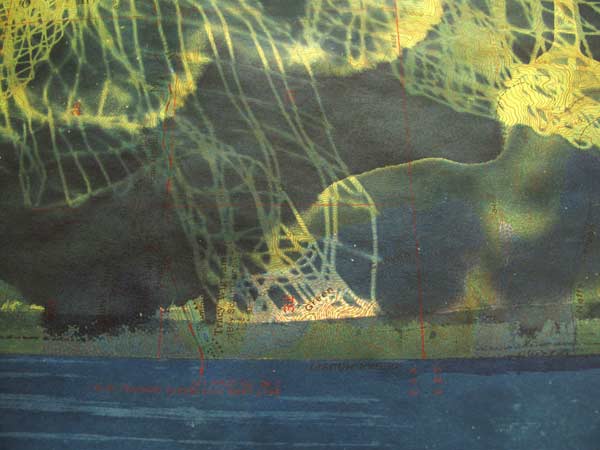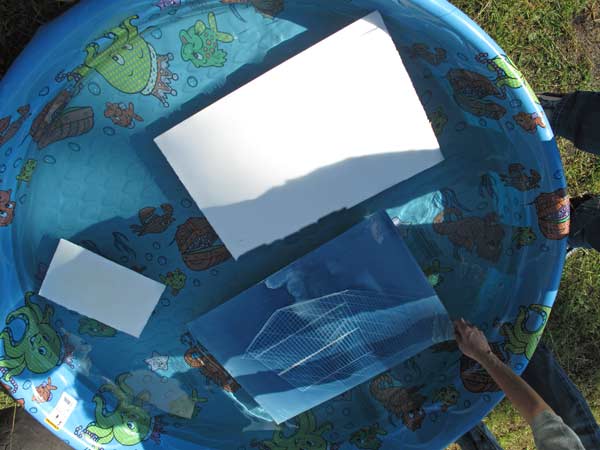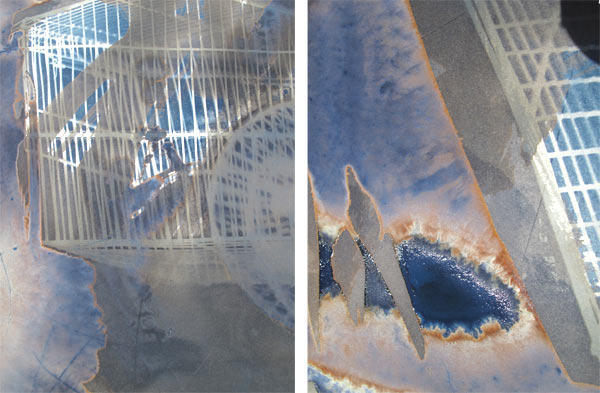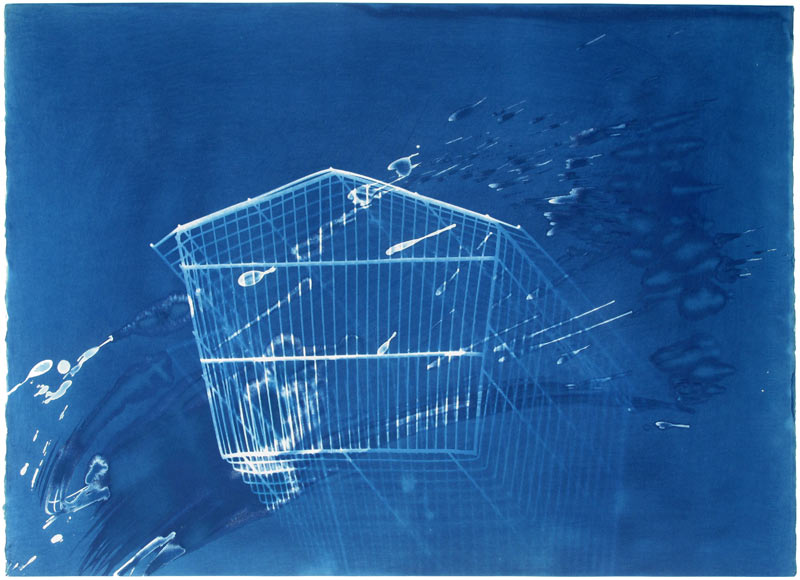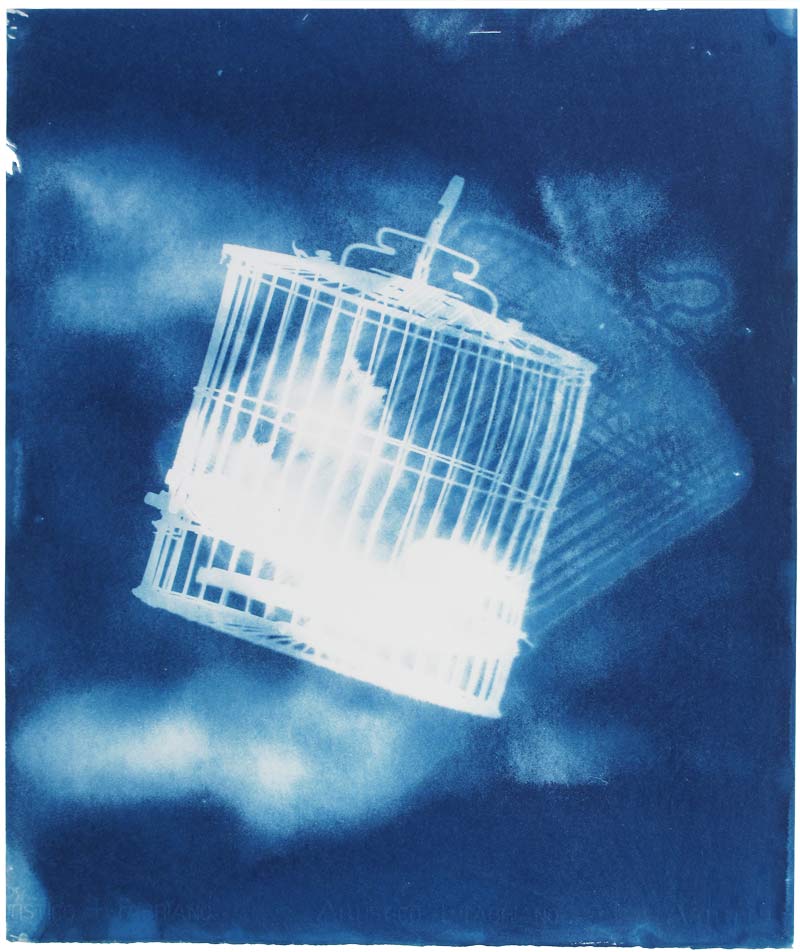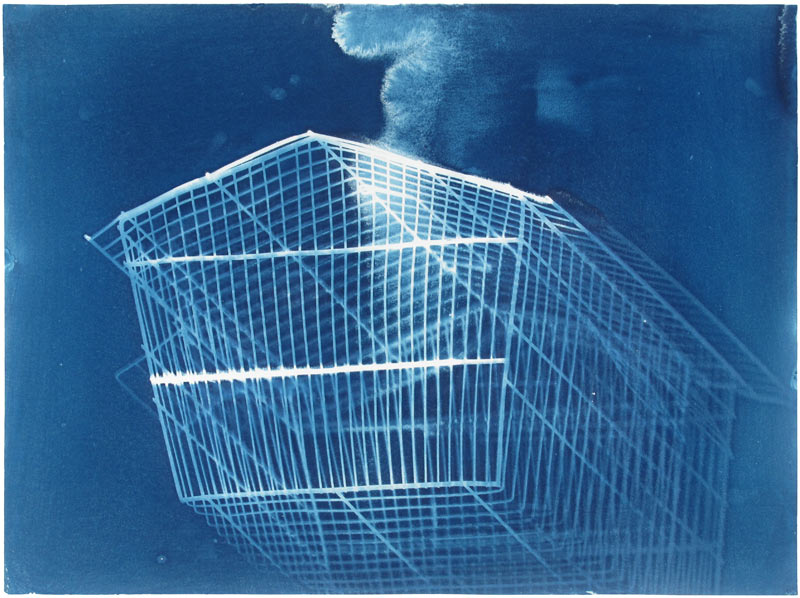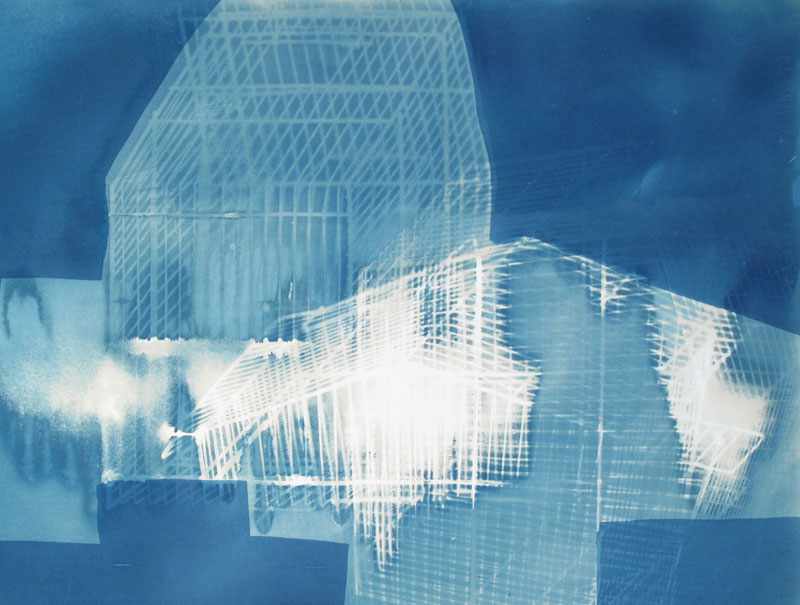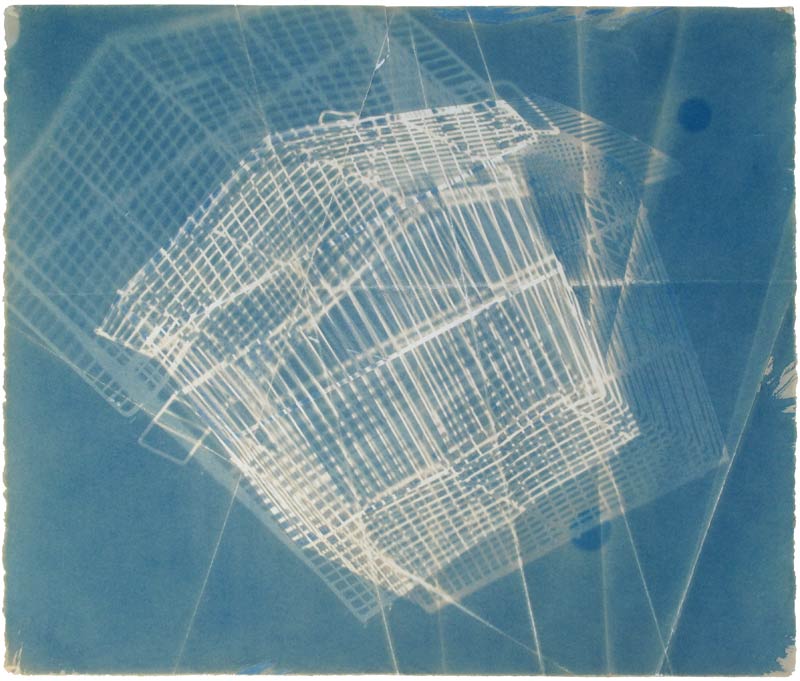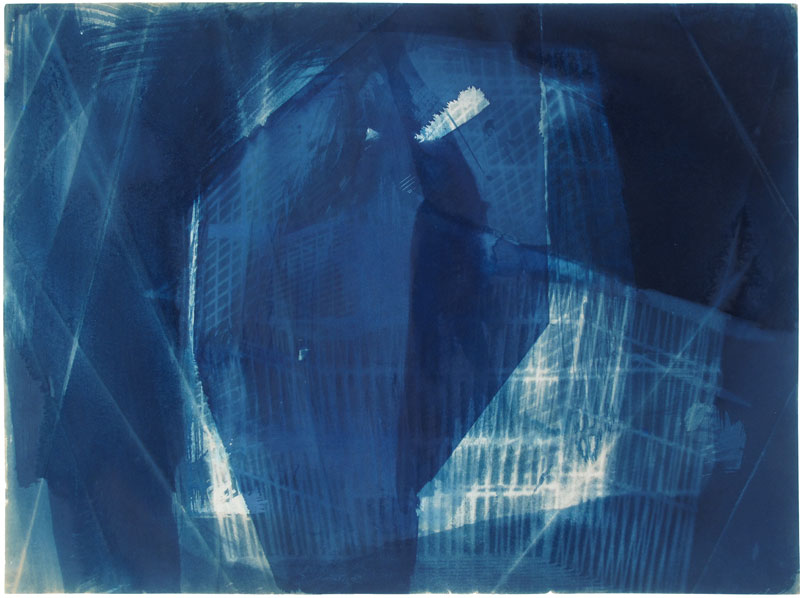Today I am cleaning up my studio and preparing to draw. Ok if I say that, I really will put the stacks of odd-shaped ideas away and neatly label them as “Misc.” (Or the dreaded “Sub-divisions of Misc.”) I will clear five square feet of table and find some hiding place for what was on the tables and be able to walk through the room waving my hands freely. Maybe I will find that lost scrap of paper under the thumb-tacked clippings from a year ago that says something wise.
Meanwhile, one last hour of procrastination on the porch (in the sun) (with hummingbirds) led to a wonderful article in the New York Sunday Times on “Architecture and the Lost Art of Drawing.” Thank you Michael Graves for making me want to get up in the middle of this beautiful Labor Day afternoon and go to work.
“…But can the value of drawing be simply that of a collector’s artifact or a pretty picture? No. I have a real purpose in making each drawing, either to remember something or to study something. Each one is part of a process and not an end in itself. I’m personally fascinated not just by what architects choose to draw but also by what they choose not to draw.”
I did this piece to remember what it is to lose someone, and to know, to study, the shape of that feeling completely. You are in between water and shore. An anchor would be in some other kind of drawing.
I believe that scrap of paper said something about boats, about how “one’s life is the project of building the boat. At times there are no oars, until you make those too.” Good to recall this from a fine moment on a sunny day when the tools for construction seem well at hand.
